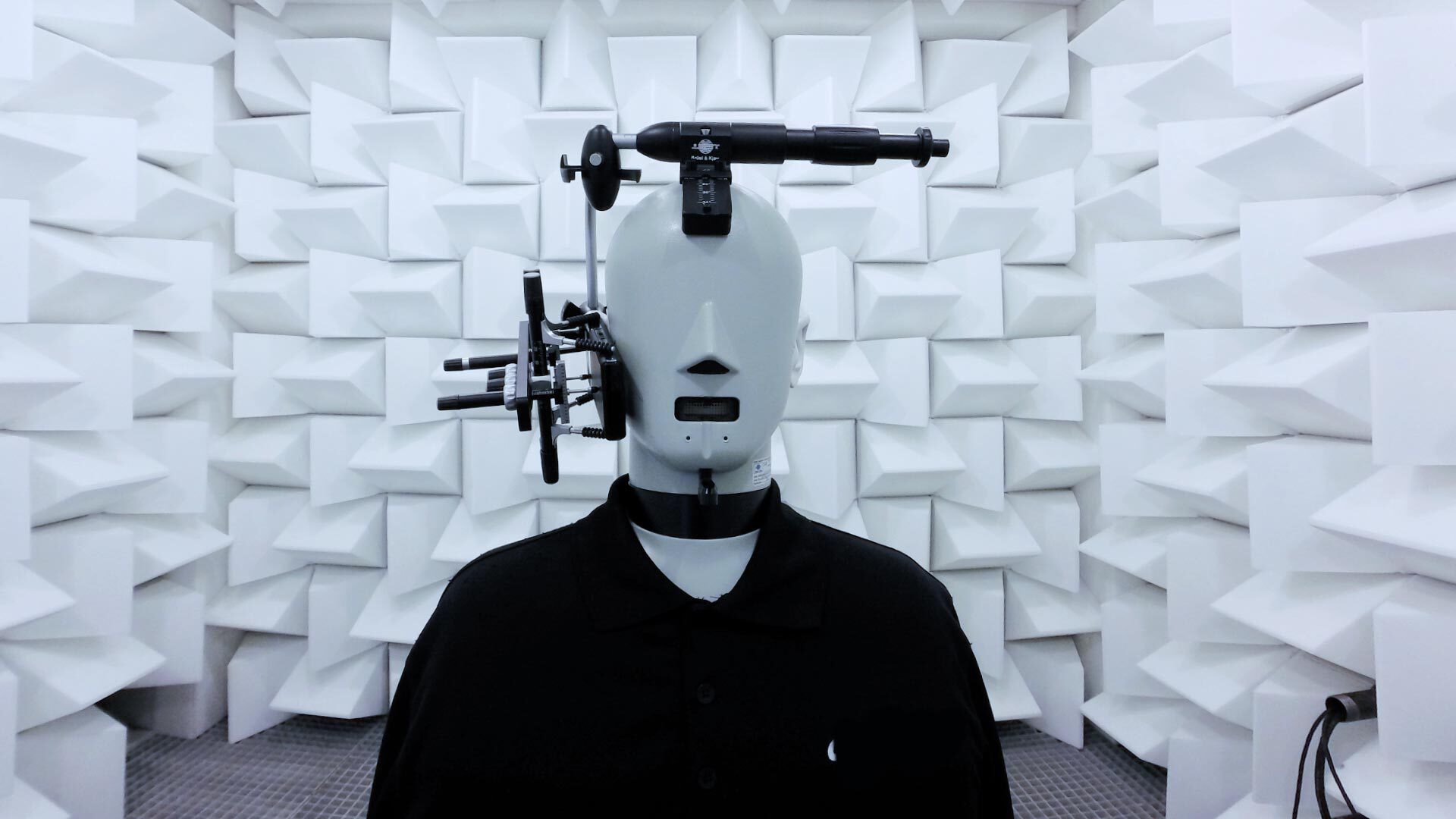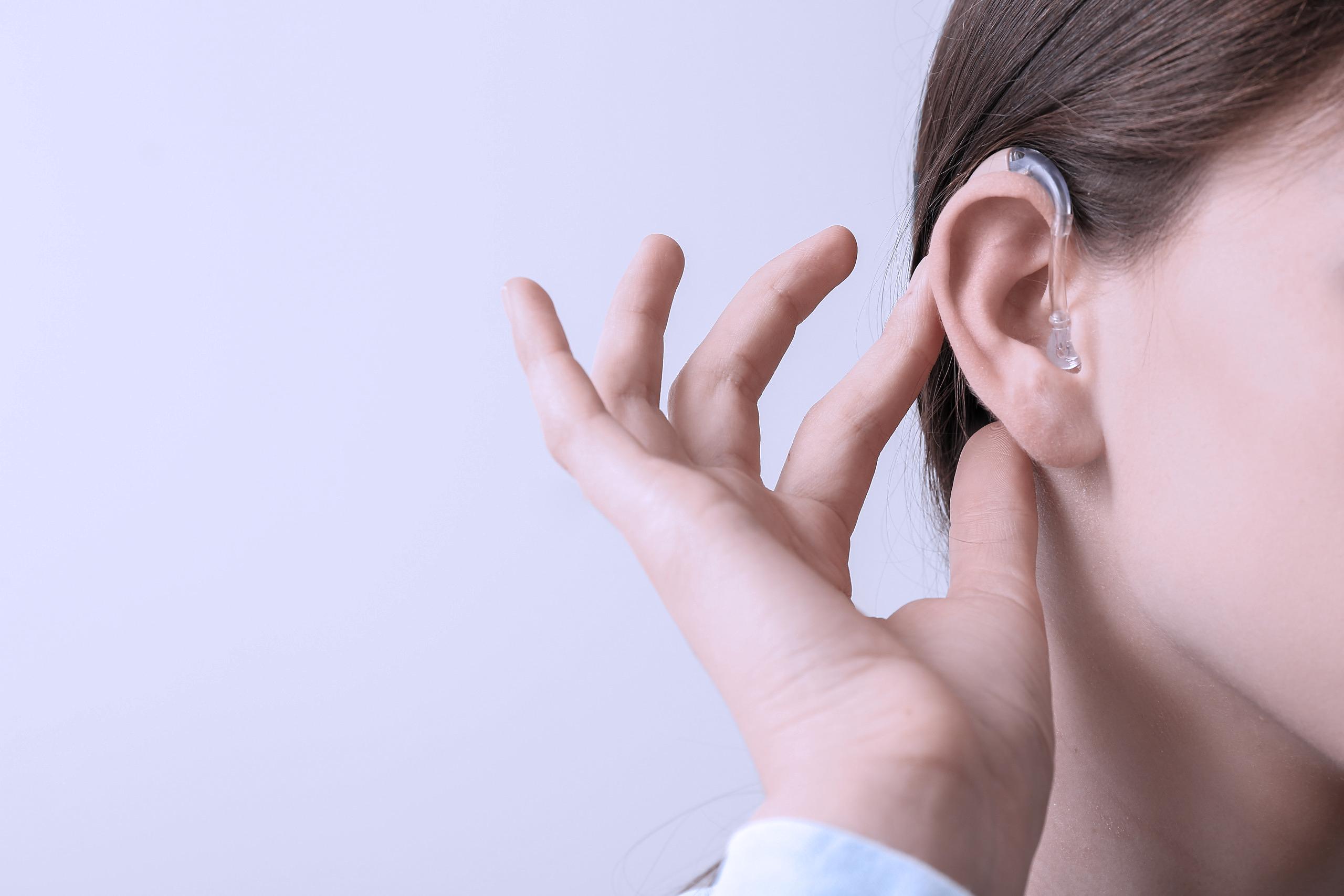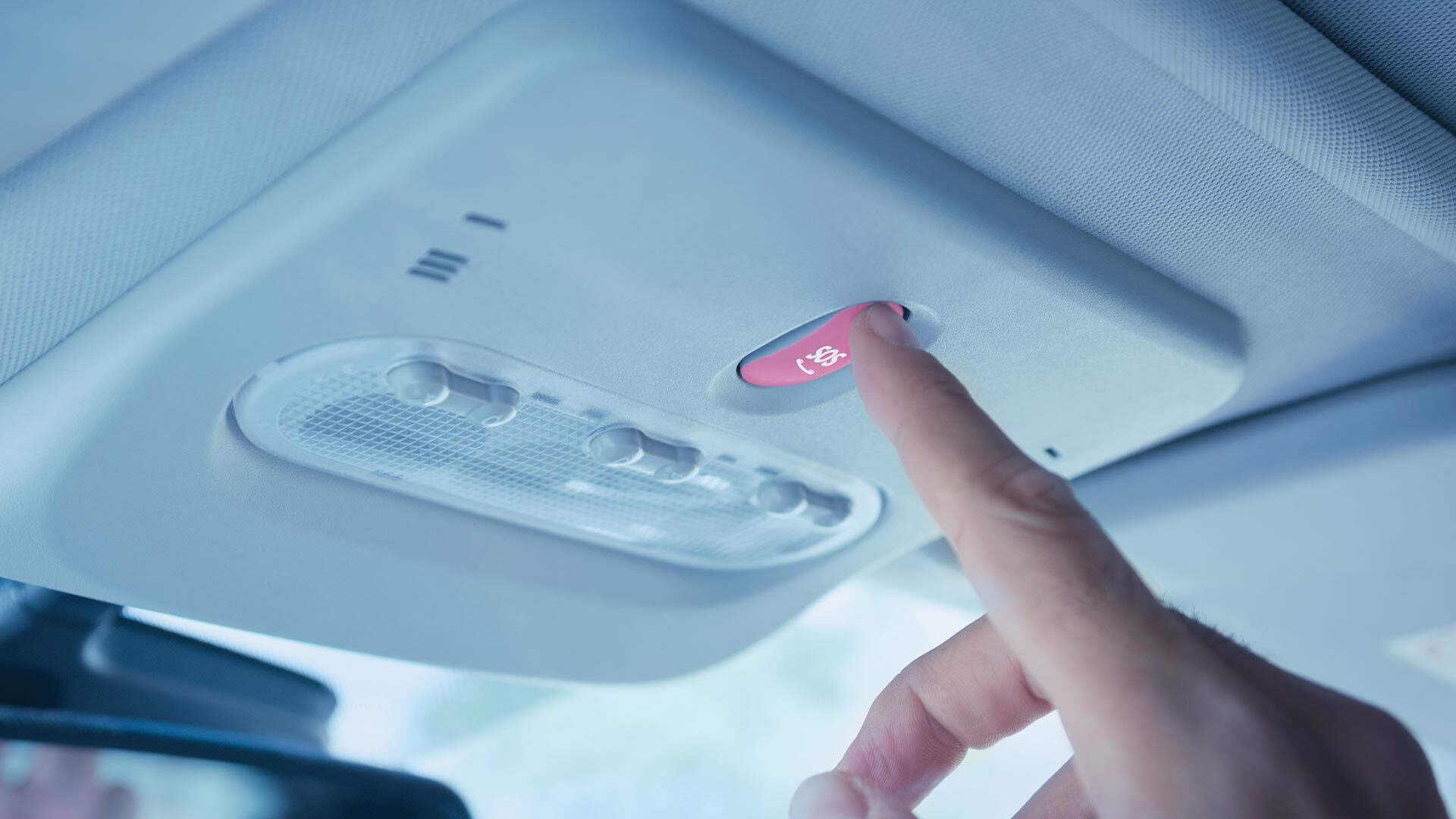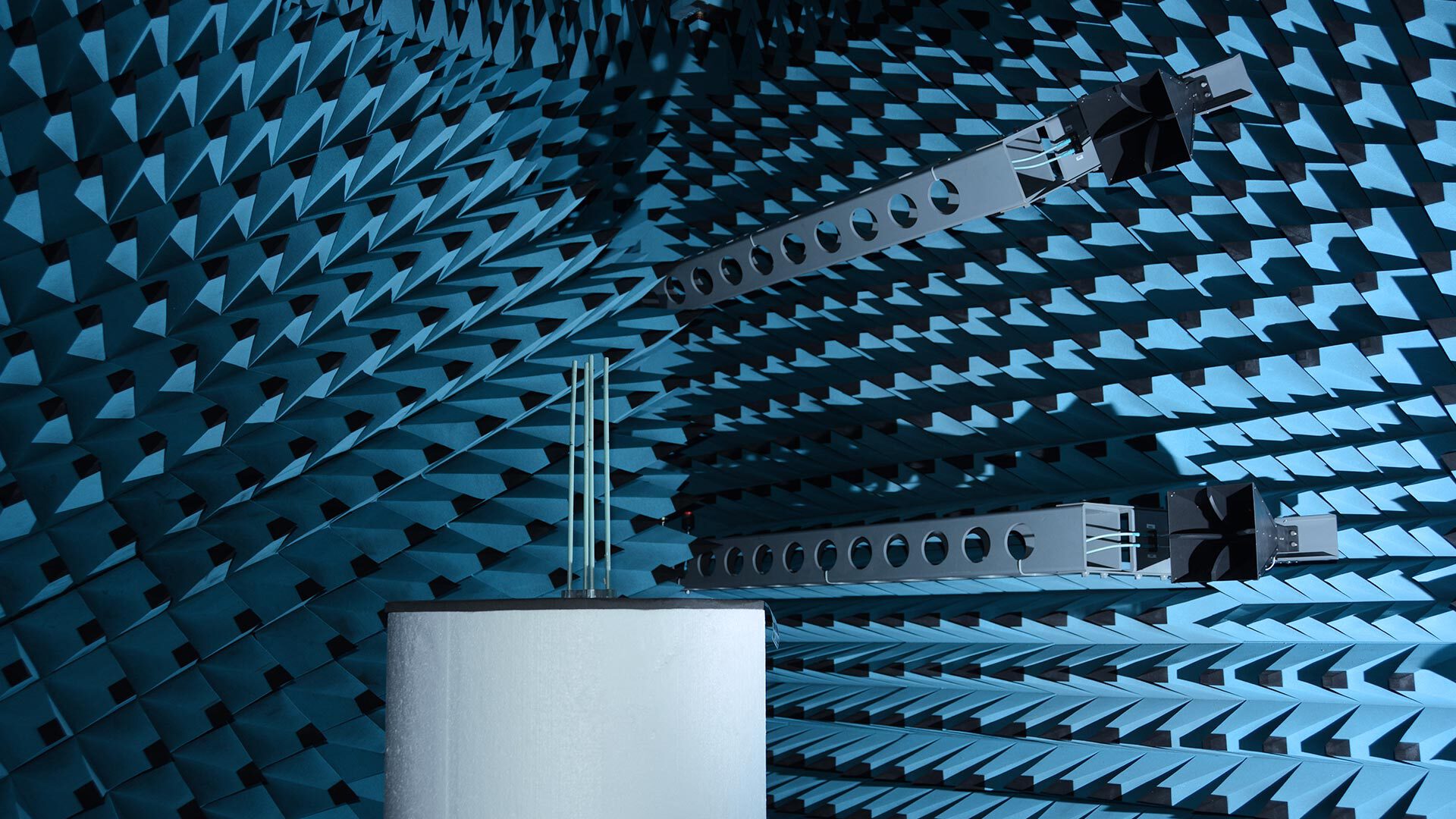
For many years, testing audio equipment with acoustic measurements was part of approval measurements for cell phones. Over the past few years, the field of application for these tests has expanded. Audio tests are now also required as part of the approval of voice or emergency call assistance systems.

We are accredited for testing audio equipment devices and their respective voice quality. Within the scope of our services, we specialize, among other things, in testing the acoustic quality assessment of mobile devices. Depending on the requirements, the acoustic tests are performed with test headphones or the so-called “HATS” (head and torso simulators) as well as professional microphones and audio sources. In addition, we test the operationality and quality of the speech functions of head units and emergency call assistance systems in vehicles for the automotive industry – with the help of specially designed measurement equipment.
cetecom advanced specializes in particular in performing electroacoustic tests on hearing aids. The recently completely modernized laboratories have fully and partially sound-absorbing chambers, audiological measurement rooms and an audiological measurement stand, each equipped with professional measurement analyzers, microphones and audio sources. The portfolio of acoustic measurements of cetecom advanced advanced includes the services mentioned below.

For some years now, the use of emergency call assistance systems in vehicles of various classes has been mandatory in many countries and regions of the world (including eCall, ERA-GLONASS).
We test the operationality and quality of the voice functions of head units and emergency call assistance systems in vehicles for the automotive industry. These tests are usually the basis for the market approval of the emergency call systems.

When using Alexa, Amazon’s cloud-based voice service, customers expect a high-quality and consistent experience on all Alexa built-in devices. To support this experience, Amazon has implemented a mandated testing process for device manufacturers looking to launch products with the Alexa Built-in Badge.
We support manufacturers of products with the Amazon Alexa feature by adopting the official self-test services.

We perform acoustic testing in our laboratories in Essen, Saarbrücken and Milpitas (Silicon Valley). Thanks to technically excellent equipment, we can test a wide range of devices.
Our laboratories in Saarbrücken and Essen are accredited by DAkkS according to DIN ISO 17025 to perform various audio equipment tests.
Detailed information about the scope of accreditation for our audio laboratories in Germany can be found on our accreditation overview.
Our laboratories are accredited by A2LA according to DIN ISO 17025 to perform various audio equipment tests.
Detailed information about our accreditation scope for our audio laboratories in Germany can be found in our accreditation overview.
The following three methods are used in audio equipment testing: the enveloping surface method, the reverberation chamber method and the comparative sound source method.
Are you interested in more details on acoustic testing / audio equipment testing or are you looking for answers to urgent questions? Please contact us. Benefit from our expert support for all challenges regarding the market approval of your products.